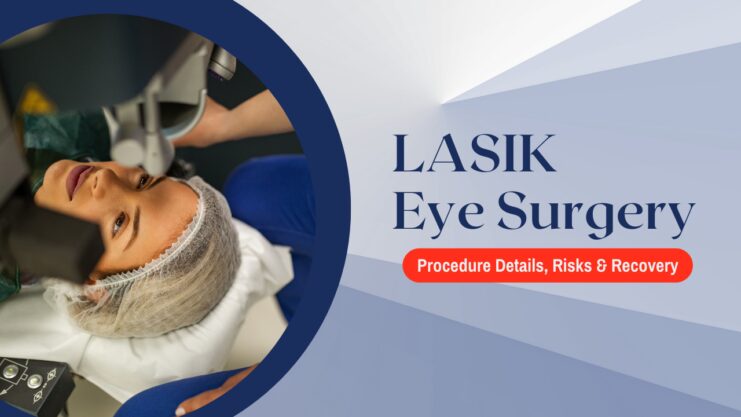LASIK refers to laser-assisted in-situ keratomileusis, which is a type of laser eye surgery. The purpose of this procedure is to reshape the cornea to correct refractive errors permanently. Normally, everyone that is scheduled for this surgery has plenty of questions, and today, we will answer some of them as well as explain what to expect before, during, and after it.
This surgery is widely known and the most commonly performed procedure for correcting vision. It is a procedure for people that decide to give up their eyeglasses and contacts and permanently solve their vision problems. In this article, we will cover the basics that come with LASIK eye surgery from the start to the recovery period. We have a lot to cover, so let us start without a further redo.
Who Is Eligible for Lasik Eye Surgery?
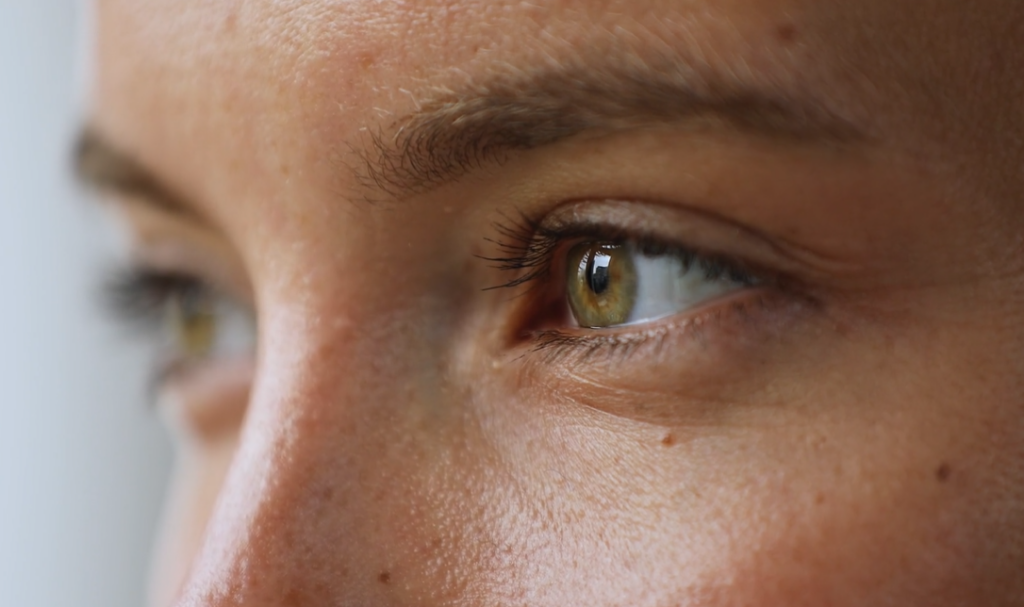
LASIK is a procedure that is FDA-approved for people that are at least 18 years of age or older, who have had a stable eyeglass or contact lens prescription for at least two years in a row, and whose eyes are generally healthy. There are people that may not be suitable for this procedure, including those who have:
- An eye infection or injury
- Very thin corneas
- Glaucoma
- Dense cataracts
- Severely dry eyes
- Uncontrolled diabetes
- A very high refractive error
Why Is This Procedure Performed?
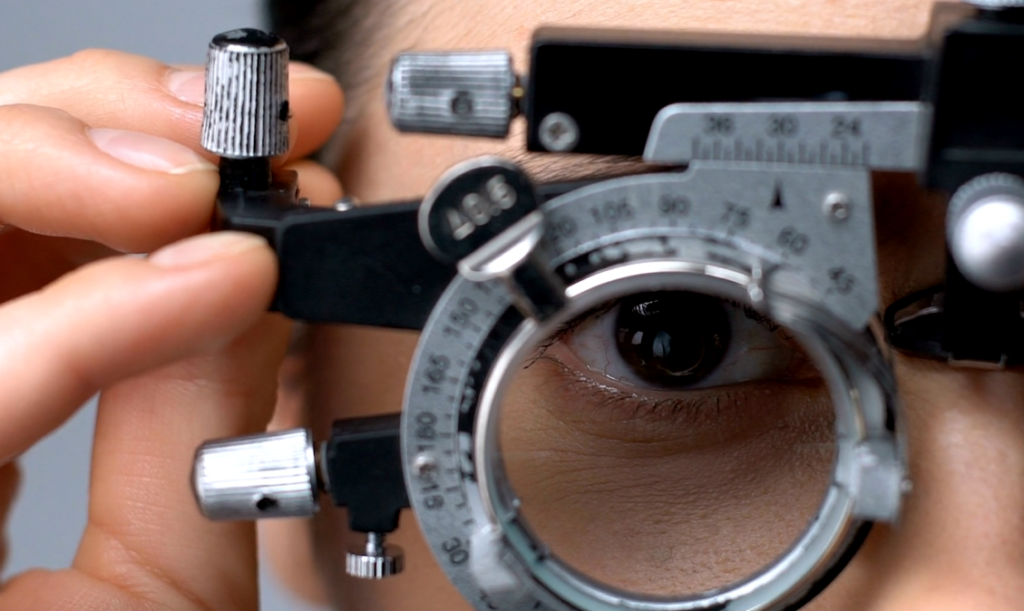
LASIK surgery is a procedure performed for people that experience vision problems that include the following:
1. Nearsightedness (Myopia)
In case your eyeball is moderately longer than normal or when the cornea curves too sharply, light rays are focused in front of the retina and blur distant vision. Essentially, this condition means that you can see close objects fairly clearly, but those that are at a further distance are blurred.
2. Farsightedness (Hyperopia)
Farsightedness or Hyperopia refers to a condition when you have a shorter-than-average eyeball or a cornea that is too flat. In this situation, light focuses behind the retina instead of on it, which makes near vision and, in some cases, distant vision blurry.
3. Astigmatism
This is a condition when the cornea curves or flattens unevenly, and this disrupts the focus of both near and distant vision.
What to Expect From LASIK Eye Surgery?
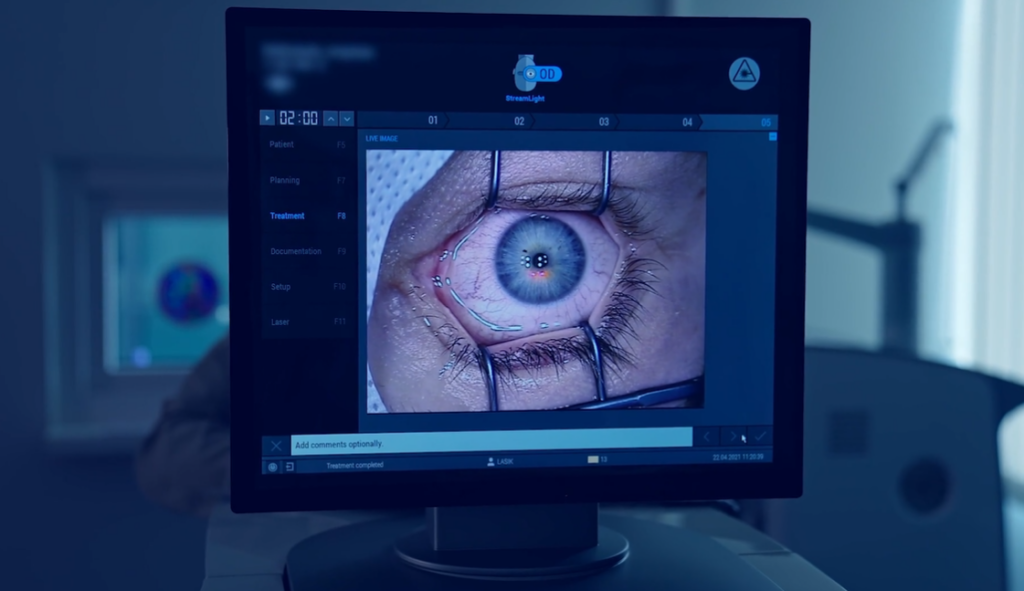
In case you are considering undergoing this procedure, you likely already wear glasses or contact lenses. What to expect from this surgery will vary from doctor to doctor and patient to patient. Here are some essential things you should expect before, during, and after the procedure.
Before Surgery
To get the best results from LASIK surgery, it is essential to evaluate your condition with the doctor carefully. In case you wear contact lenses, you will need to ditch them and wear only glasses for at least a few weeks before the doctor can evaluate you for the procedure. The doctor will provide you with specific instructions depending on the contacts you wear and how long you have worn them.
In this evaluation, the doctor will question you about your medical and surgical history and give you an eye examination to determine whether or not you can undergo this procedure safely. The doctor will look for signs of eye infection, inflammation, dry eyes, large pupils, and high eye pressure.
You should also expect the doctor to measure your cornea to check the shape, contour, and thickness and check for any irregularities. He will also talk to you about the risk and benefits of the procedure and explain what to expect before and after the surgery.
During the Surgery
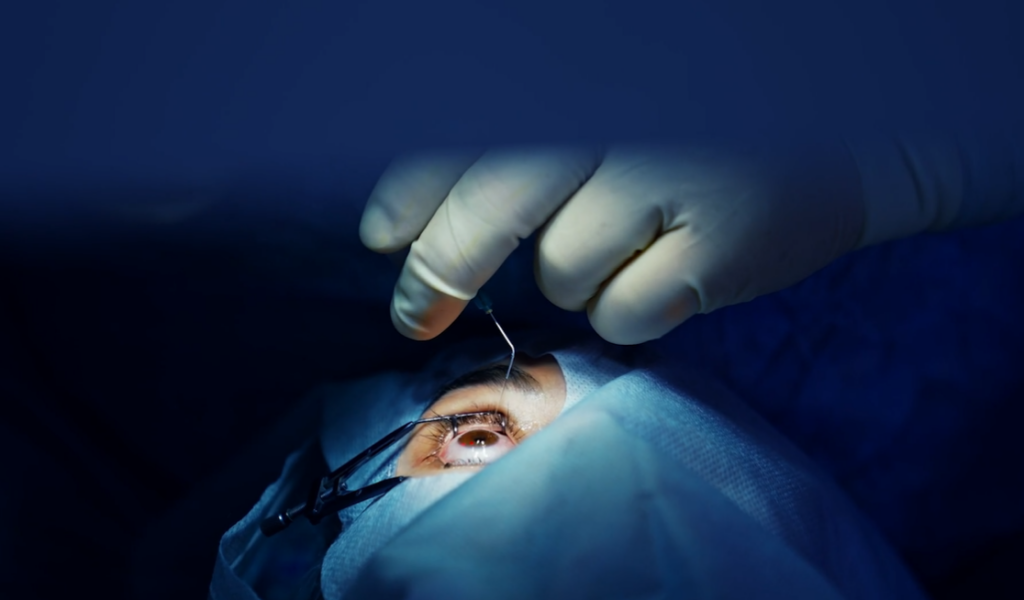
LASIK surgery does not take long to complete and usually lasts around 30 minutes or less. Throughout the procedure, you lay on your back on a reclining chair, and usually, you get some medicine to help you relax. Once you get numbing drops in your eyes, the surgeon will use an instrument to hold your eyelids open.
The surgeon will use a small blade or a cutting laser to cut a small hinged flap away from the front of the eye. Folding back this flap will allow him to access the part of your cornea to be reshaped. The surgeon will reshape the cornea using a programmed laser afterward.
After the procedure is done, the surgeon will lay the flap back in its place, and the good news is that the flap usually heals without stitches.
After the Surgery
After the surgery is done, you will likely experience some itching in the eye region, and you will probably have blurred vision. There will be a little pain, and your vision will likely recover fairly quickly.
It is likely that you will get some pain medication or eyedrops to make you more comfortable after the procedure, and the doctor might ask you to wear a shield over the eye at night until it fully heals. Another important thing to mention is that your vision will not be clear right away, as it takes about two or three months before your eye completely heals and your vision stabilizes.
There will also be a follow-up appointment with your eye doctor a couple of days after the surgery to check how your eye is healing and intercept any complications that may occur. You will also consult with the doctor to determine how soon you will be able to resume your normal activities.
Potential Risks and Side Effects of LASIK Eye Surgery

The first thing we want to mention is that complications such as vision loss are extremely rare with this procedure. However, there are certain side effects of this surgery, particularly dry eyes and temporary visual issues such as glare, but all of these are pretty common. Some risks and side effects of this surgery include:
1. Dry Eyes
This procedure causes a temporary decrease in tear production. You should expect that for the first six months after the surgery, you might feel that your eyes are unusually dry, which may reduce the quality of your vision. Your doctor will likely prescribe some eye drops to make you more comfortable throughout the healing process.
2. Glare or Double Vision
It is common to experience difficulty seeing at night after surgery, and this is something that lasts several days to several weeks. You might also experience higher sensitivity to light, glare, halos around the lights, or double vision.
3. Astigmatism
Astigmatism is something that may occur due to uneven tissue removal. In this case, you might require an additional procedure, glasses, or contact lenses.
4. Undercorrections
If the laser does not remove enough tissue from your eye, you will not get the clearer vision and the results you hoped to achieve. Undercorrections are common for people who are nearsighted, and you might need an additional LASIK procedure within a year to remove more tissue.
5. Overcorrections
It is also possible for a laser to remove too much tissue from the eye, and overcorrections are more difficult to fix than undercorrections. Significant overcorrections can be treated with an enhancement procedure.
Final Words
LASIK eye surgery is a procedure that is growing in popularity and is something that has advanced with newer technology over the course of years. With such advancements, recovery is also something that requires less and less time, which has also increased the overall acceptance of this procedure.
We hope you found our article informative and that it answered the questions you might have regarding this surgery. Just remember to visit your doctor before opting for the procedure, as you will get a better understanding and professional opinion that will ease the whole experience.

